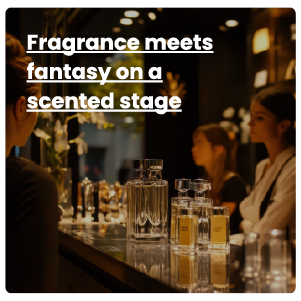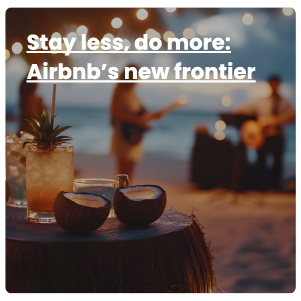Retailers are building brand loyalty with fan-centric, wellness, and blind box experiences, while big box stores experiment with AI for automated efficiency. Reflect on this month’s trends spotted by GPJ Strategists Josh Fischer and Hadley Cook.
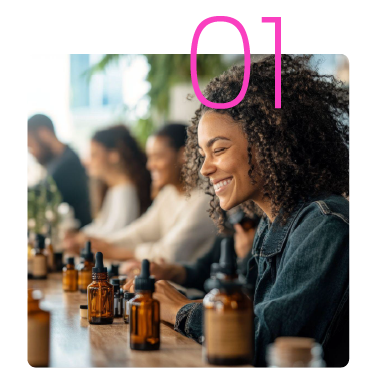
Retail goes all in on experiential
Brands are using experiences to transform transactional relationships into lasting brand loyalty.
Retailers now rank among the top spenders in experiential marketing – a shift fueled by consumers craving real-life connections and IRL brand experiences that build off online engagement. To cater to the craving, brands like Louis Vuitton and Netflix are offering unique, often ephemeral and thematic, experiences.
AI-infused retail experiences expand beyond e-commerce and digital
Retailers are introducing more AI tools in physical stores.
AI in retail has been used over the past few years for back-of-house operations and digital/e-commerce add-ons. A range of recent news, though, shows AI stepping into frontline roles. There’s China’s “Robot Mall,” where AI-powered, humanoid robots serve as baristas, shopkeepers, and even entertain with robot musicians and dancers. In Australian supermarkets, Instacart’s “Caper Carts” use AI, cameras, and a scale to intelligently recognize items as they are added, allowing customers to track their running total, bag their groceries as they shop, and conveniently check out directly from the cart.
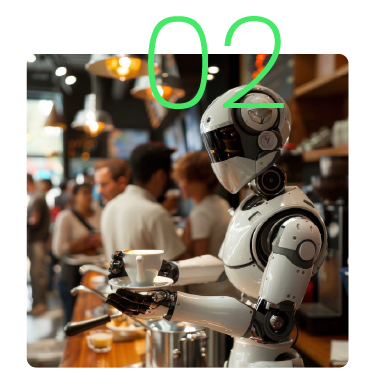
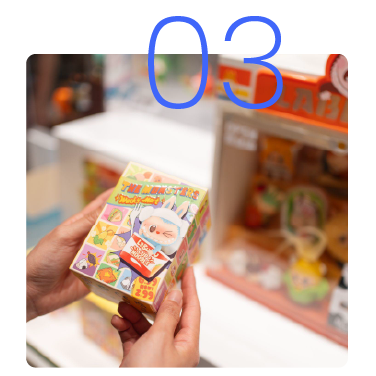
Treasure hunting consumers fuel a “blind box” craze
In an algorithmic age where taste can feel predictable, blind box experiences offer mystery and genuine surprise.
Labubu dolls and other cartoonish toys are everywhere on social media. They dangle from celebrity bags and appear in unboxing videos that show the thrill of a rare or “secret” find. Despite signs that the Labubu craze is waning, the packaging of collectibles in sealed “blind” or “mystery” boxes does not appear to be fading. Many, from Bad Bunny to sports cards to Disney, are jumping on the old but new again tactic, enticing fans to try their luck.
Wellness retail turns stores into experiential sanctuaries
Shoppers are seeking in-store wellness rituals, beyond products, for immersive relaxation experiences.
Retailers are reimagining stores as wellness destinations. Erewhon is offering membership perks like free monthly smoothies and exclusive access to wellness products. Holland & Barrett’s Cardiff location features an immersive wellness studio offering yoga and pilates sessions, health checks, and free consultation hubs. Nordstrom has introduced an experiential beauty haven, providing services ranging from 30-minute to three-hour wellness treatments. These environments combine shopping with immersive wellbeing rituals, creating multi-sensory, restorative spaces where customers linger, socialize, and engage with products in a lifestyle context rather than a transactional one.
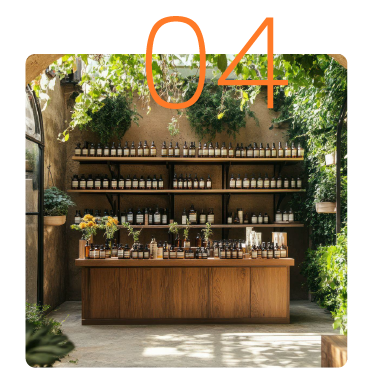
OUT-THERE EXPERIENCES
People, brands and marketers continue to push the boundaries of physical and digital experiences, with new and creative executions popping up across the globe.
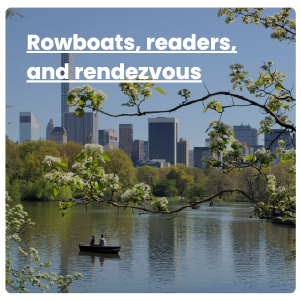
At Audible’s Central Park takeover, attendees explored three romance-themed worlds—riding rowboats, matchmaking with storylines, and mingling with “book boyfriends” IRL.
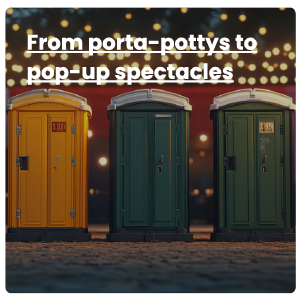
Brands turn bathrooms into immersive stages for brand storytelling—from Lipton’s ultra-clean VIP tailgate stalls to Disney’s “Portal-Potty” speakeasy.
Catch up on all our previous Experience Intelligence reports. Or schedule a strategy session with us!
